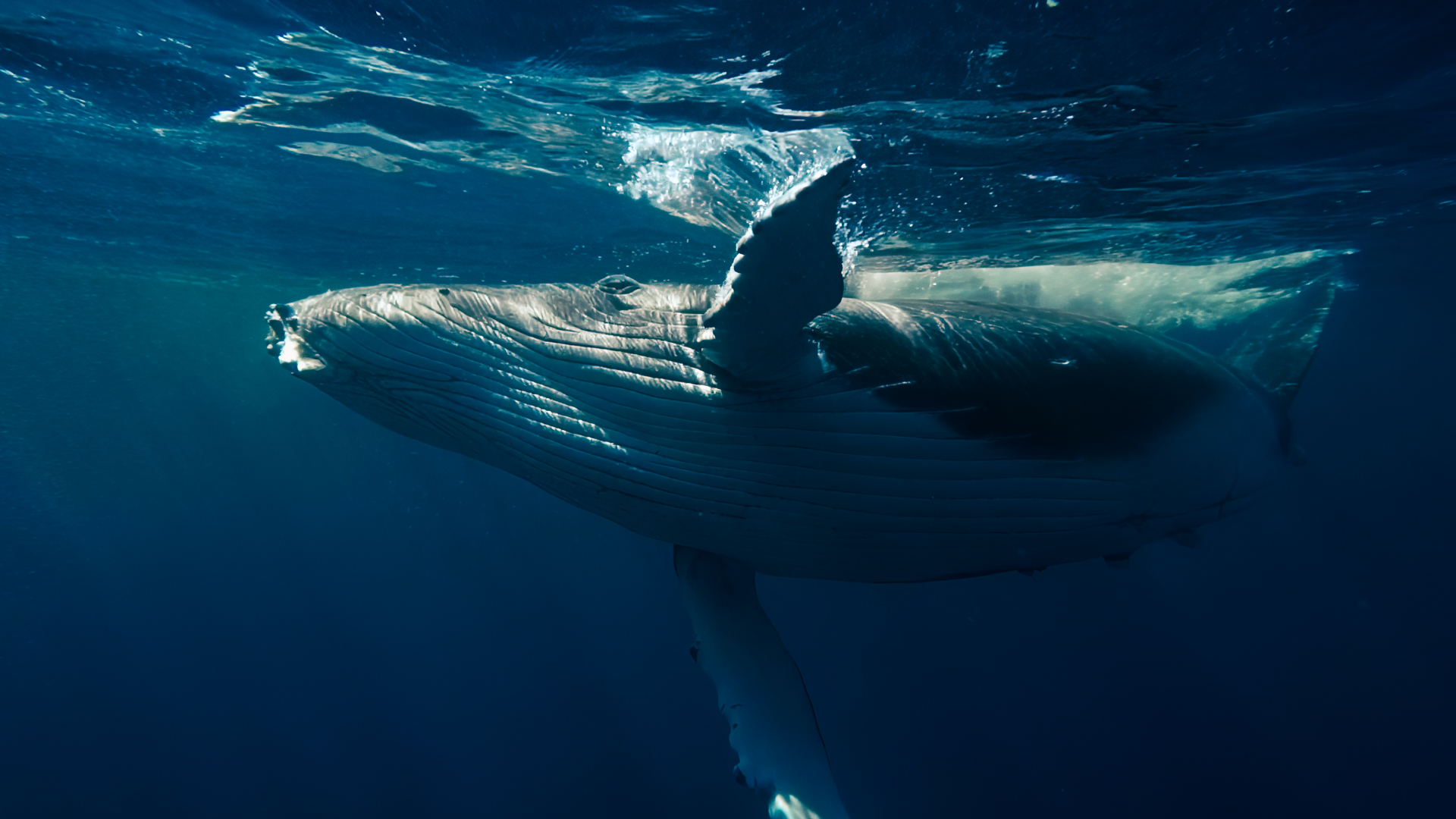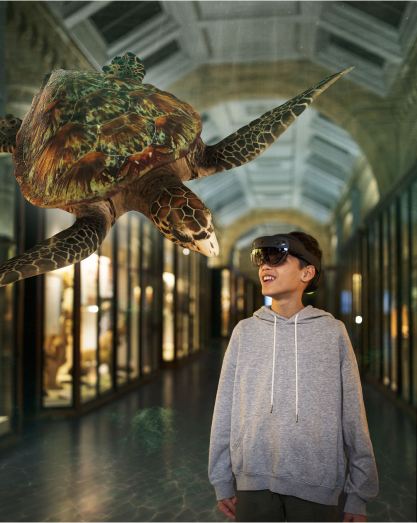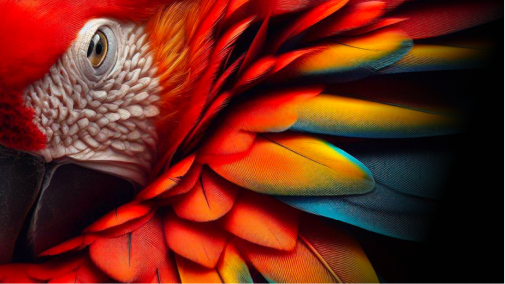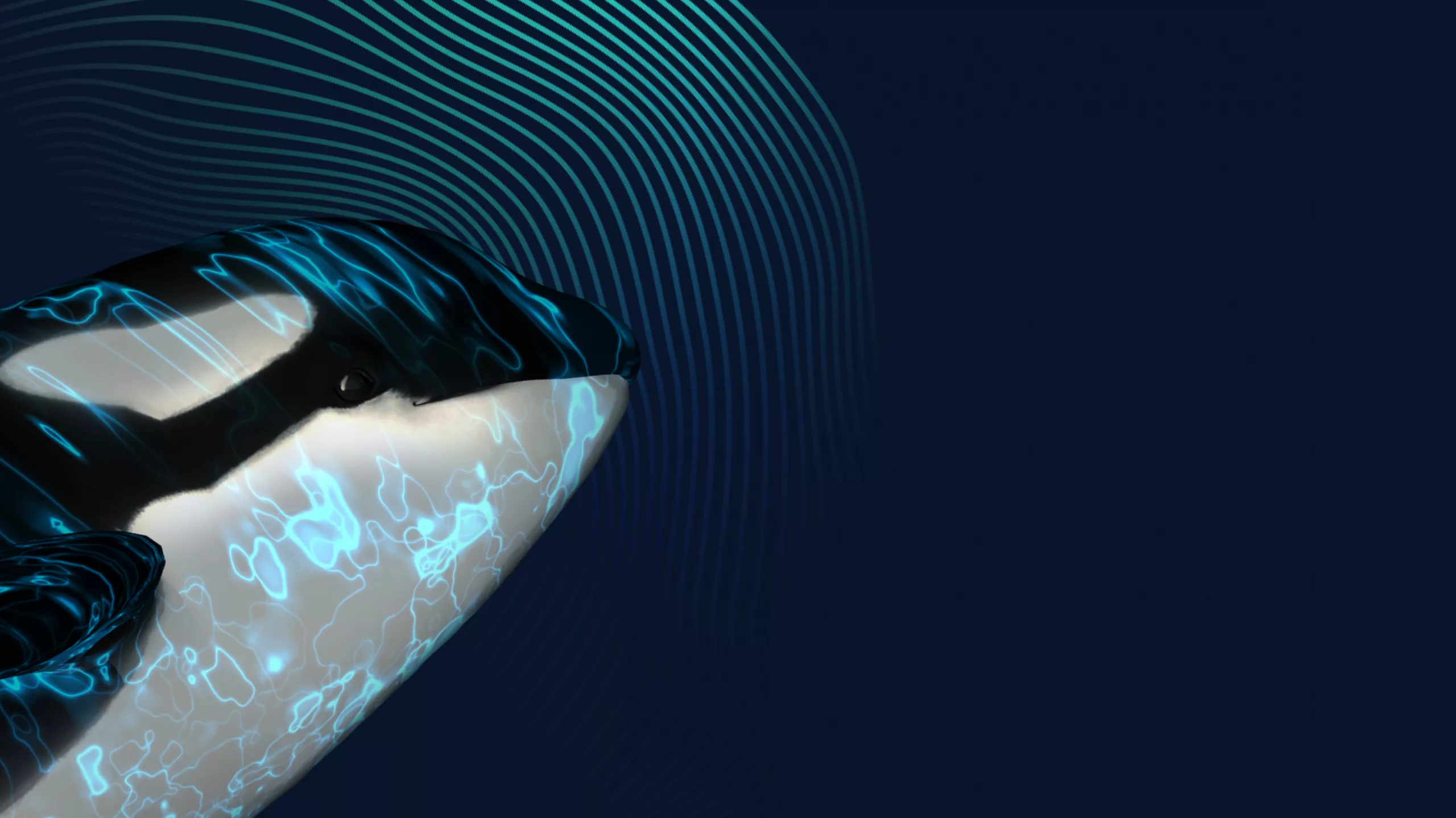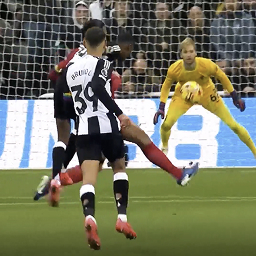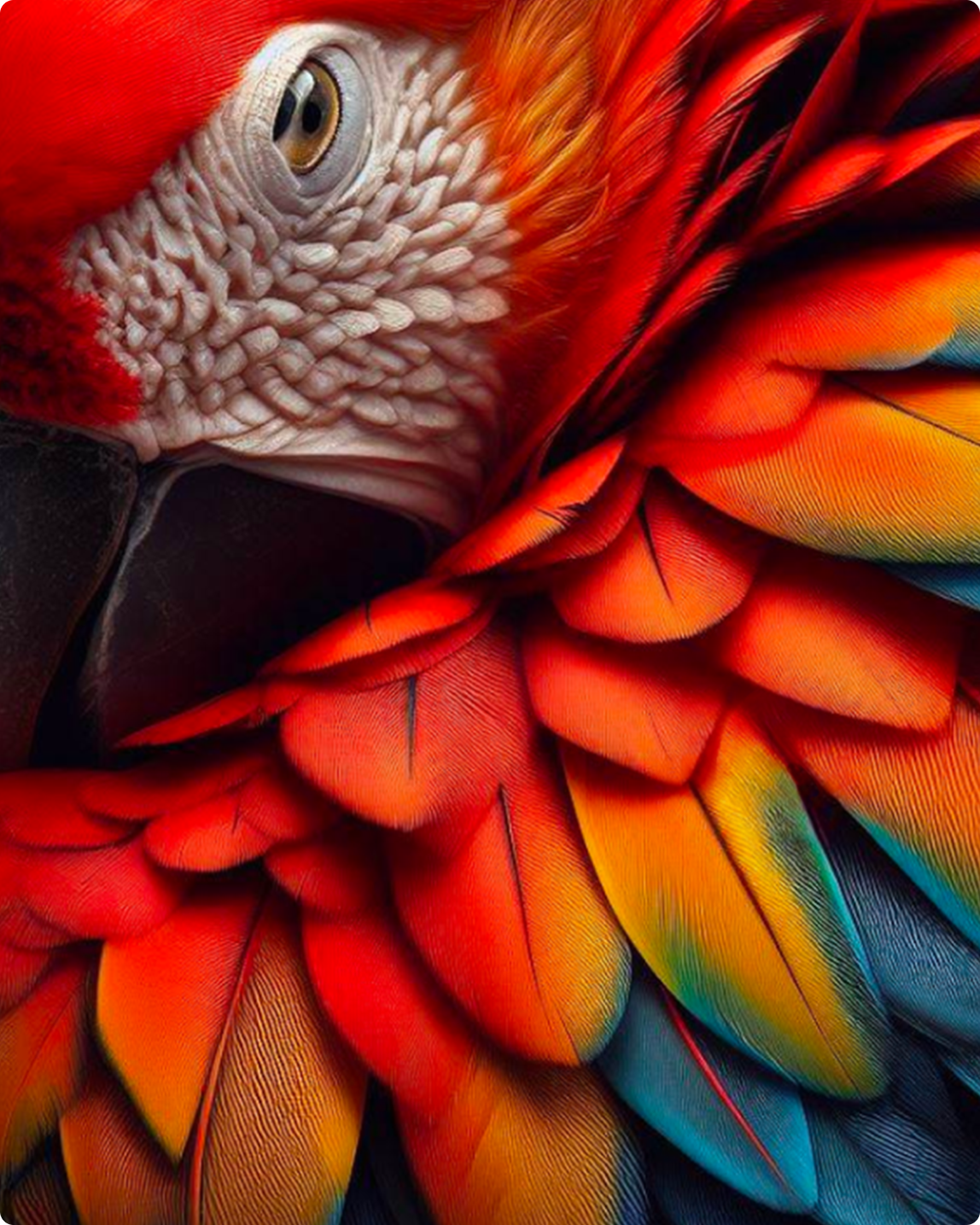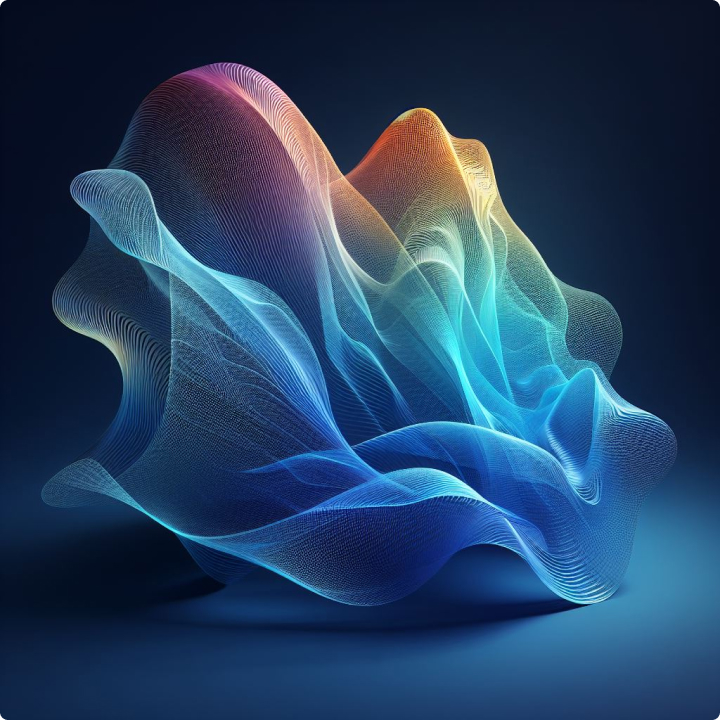Deep within the ocean, a hidden enemy of all living things is lurking, threatening to destroy marine life by trapping it in an inescapable prison. Over 500 species including turtles, whales, sharks, and crabs have been impacted by this enemy, known as ghost gear, or abandoned plastic fishing nets that litter our seas and oceans.
Industrial-grade plastics that make up fishing nets are manufactured to survive the harshest conditions. An unintentional consequence of the toils of commercial fishing, nets are frequently lost—and abandoned—at sea. These nearly invisible traps silently drift through the water like ghosts, continuing to trap and kill marine life. Removing ghost nets is critical—they take centuries to decompose—but it’s also incredibly difficult to find them.
For years, locating ghost nets was mostly a game of luck. Imagine looking for a strand of hair in an Olympic-sized swimming pool. The water is pitch-black and shifting and the hair is sinking.
According to WWF, plastic ghost nets entangle millions of marine animals every year. Cleaning it up may feel overwhelming and impossible, but projects like GhostNetZero.ai are tackling it with AI.
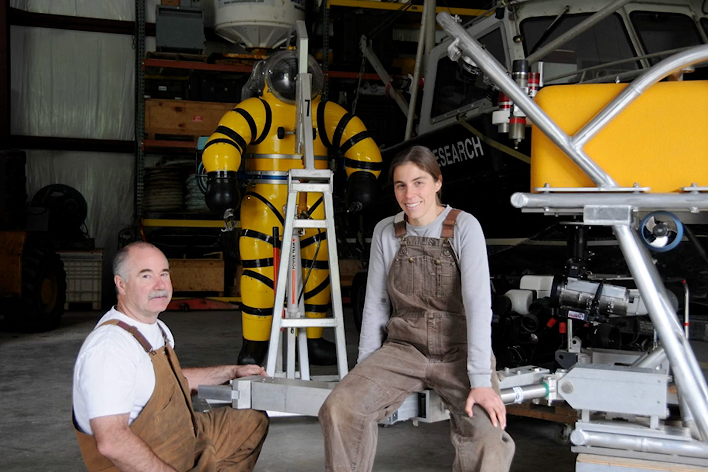
Ghost net whisperers
Crayton Fenn is an expert diver who can find ghost nets like a sea hawk spots prey. With over 40 years of diving experience, he’s seen firsthand how abandoned fishing nets—which he calls “killing machines”—destroy marine life, fisheries, and livelihoods. Crayton started his career tracking down sunken aircraft around the globe and has since become a sonar expert, fine-tuning sidescan sonar systems to locate and recover derelict nets.
Through his company, Fenn Enterprises, he’s helped uncover everything from a Japanese submarine to wreckage from the space shuttle Columbia—not to mention countless ships, planes, and even trains. One of the most shocking finds? A 219-yard (200 meters) gillnet off the coast of Point Roberts, WA, silently wiping out tens of thousands of crabs on the seafloor. Gillnets are designed to hang in the water like a soccer net, and this one was a little over the length of two football fields.
When Gabriele Dederer, a scientific diver and biologist with WWF Germany, read about Crayton’s work, she reached out to him about mentoring scientists in Germany. He was all in—eager to share his field knowledge about how to use sidescan sonar to locate derelict nets. Gabriele has known Crayton for nearly a decade, not only as a mentor, but also as a longtime friend and colleague. His expertise in sidescan sonar has been instrumental in making ghost net searches more efficient, helping Gabriele and her team clean up the Baltic Sea.
I need to be optimistic. I have two kids. I want them to see that we need to care for nature and the ocean.
WWF is also teaming up with fishers, divers, scientists, and local authorities across France, Estonia, and Sweden to locate and recover ghost nets, replacing slow, manual searches with fast, data-driven detection.
Detecting with AI
WWF Germany is expanding its search for ghost nets, and in collaboration with the Microsoft AI for Good Lab and Accenture, has launched the AI-supported platform, GhostNetZero.ai. This innovative initiative envisions a world where oceans are free from ghost nets and marine life exists in a clean, safe environment.
Accenture has played a key role in developing the GhostNetZero.ai platform. Alongside Microsoft’s AI for Good Lab and WWF Germany, GhostNetZero.ai is turning a tough environmental challenge into something we can tackle. The platform can convert sonar data originally meant for shipping safety or offshore wind exploration into actionable insights. AI integration then speeds up the process automatically, analyzing sonar images to pinpoint likely ghost net locations with 94% accuracy. The boost in efficiency means what used to take hours of manual review can now be done in minutes, allowing WWF to cover larger marine areas in their search.
To support the initiative, institutions, authorities, and offshore companies can donate hydrographic data to the platform for analysis. Regions with the highest pollution levels are prioritized, turning passive crowdsourced data into tactical guidance.
GhostNetZero.ai uses high-resolution sidescan sonar—think of it like an ultrasound for the ocean floor—paired with machine learning to automatically spot possible ghost nets. The sonar scans are converted into images, and AI analyzes these images to pinpoint likely locations of ghost nets. WWF experts then review and validate what AI finds, but they only need to check a fraction of the images—AI speeds up the process by highlighting where to look. This helps the team focus their efforts where it matters most. Once a ghost net is confirmed, qualified divers use an app to verify the net’s position and begin retrieval.
Beyond detection, GhostNetZero.ai also helps reduce costs by analyzing existing sonar data to ensure efficient diving and retrieval of ghost nets. The platform identifies potential ghost net positions through image recognition of ghost net structures then feeds this data into the app. A diver can then report the finding of a net and verify its existence and position. In the noisy, complex world of marine ecosystems, having a smart, confident guide that helps divers cut through the clutter has truly been a game-changer.
In order for us to have an impact, we need to retrieve the ghost nets. The relationship between us and divers is critical. Without it, this project wouldn’t work.
The future of ocean cleanup
So far, WWF Germany has recovered over 33 tons of ghost nets from the Baltic Sea. But this is only the beginning—worldwide efforts are in the works for areas with intense fishing activity like the Coral Triangle, the North Atlantic, and the Indian Ocean. And because of AI, this impossible task is becoming more manageable. AI can scan massive amounts of sonar data, flagging patterns that suggest ghost nets might be lurking below, and give qualified divers precise locations of where to descend to retrieve it.
We’re seeing AI deliver real results for sustainability, from protecting marine ecosystems with tools like GhostNetZero.ai to advancing climate resilience. It’s accelerating progress and unlocking possibilities we couldn’t have imagined until now.
You can help make a difference
Anyone with access to sonar or hydrographic data can contribute to ghost net cleanup—just upload it to GhostNetZero.ai. We invite all offshore energy operators, research institutes, authorities, and other organizations to share their sonar data as we work together for cleaner oceans. And, if you’re a qualified diver or part of a fishing crew, your hands-on help is welcome and vital.
Even if you’re landlocked, you can support the mission with a donation to WWF Germany or email to learn more – GhostNetZero.ai.
